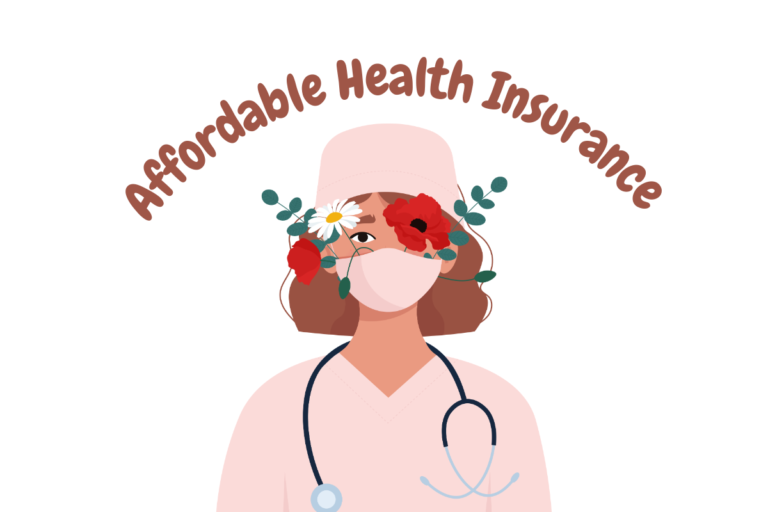How Health Insurance Works in USA?
The healthcare system in the United States can be complex, and health insurance is a crucial piece of the puzzle. This guide unravels the intricacies of health insurance in the USA, empowering you to navigate the system with confidence.
What is Health Insurance?
Health insurance is a financial safety net that helps you pay for medical services. You pay a monthly premium to an insurance company, and in return, they cover a portion of your medical expenses when you need care. It’s akin to car insurance, but for your health.
Key Players in Health Insurance
- Policyholder: The individual who enrolls in the health insurance plan and pays the premiums.
- Insurer: The company that provides the health insurance plan and pays for covered medical expenses. Examples include Aetna, Blue Cross Blue Shield, and UnitedHealthcare.
- Provider: The healthcare professional or facility that delivers medical services, like doctors, hospitals, and clinics.
- Network: A group of contracted providers with whom the insurer has negotiated discounted rates.
Types of Health Insurance
- Employer-Sponsored Insurance: Most Americans get health insurance through their employers. Employers often contribute to the premium cost, making it more affordable for employees. These plans are typically group plans, offering better rates due to the larger pool of insured individuals.
- Individual Plans: Purchased directly from an insurance company, these plans offer more flexibility in choosing coverage but may have higher premiums. You can find individual plans on the Health Insurance Marketplace established by the Affordable Care Act (ACA).
- Public Programs:
- Medicare: A federal program for seniors (aged 65+) and some disabled individuals.
- Medicaid: A joint federal-state program that provides health coverage for low-income adults, children, and pregnant women.
- Children’s Health Insurance Program (CHIP): A program for children whose families earn too much to qualify for Medicaid but not enough to afford private insurance.
Understanding Health Insurance Costs
- Premium: The monthly payment you make to the insurer for coverage.
- Deductible: The amount you must pay out-of-pocket before the insurance starts covering your medical expenses. Generally, plans with lower premiums come with higher deductibles.
- Copay: A fixed amount you pay for certain covered services, like doctor visits or prescriptions.
- Coinsurance: A percentage of the cost you share with the insurer after you’ve met your deductible. For example, an 80/20 coinsurance means the insurance covers 80% and you cover 20% after the deductible.
- Out-of-Pocket Maximum: The most you will pay for covered services in a year (excluding premiums). This helps limit your financial risk in case of a major medical event.
Important Considerations
- Network Coverage: In-network providers have contracted with your insurer to offer discounted rates. Using out-of-network providers generally results in higher costs.
- Pre-Existing Conditions: The ACA prohibits insurers from denying coverage or charging more based on pre-existing medical conditions.
- Preventative Care: Many plans cover preventive care services like vaccinations and screenings at no additional cost.
Choosing a Health Insurance Plan
- Consider your health needs: If you have a chronic condition, you’ll likely need a plan with a lower deductible and better coverage for your specific needs.
- Compare costs: Look at premiums, deductibles, copays, coinsurance, and out-of-pocket maximums to find a plan that fits your budget.
- Network coverage: Ensure your plan covers your preferred doctors and hospitals.






